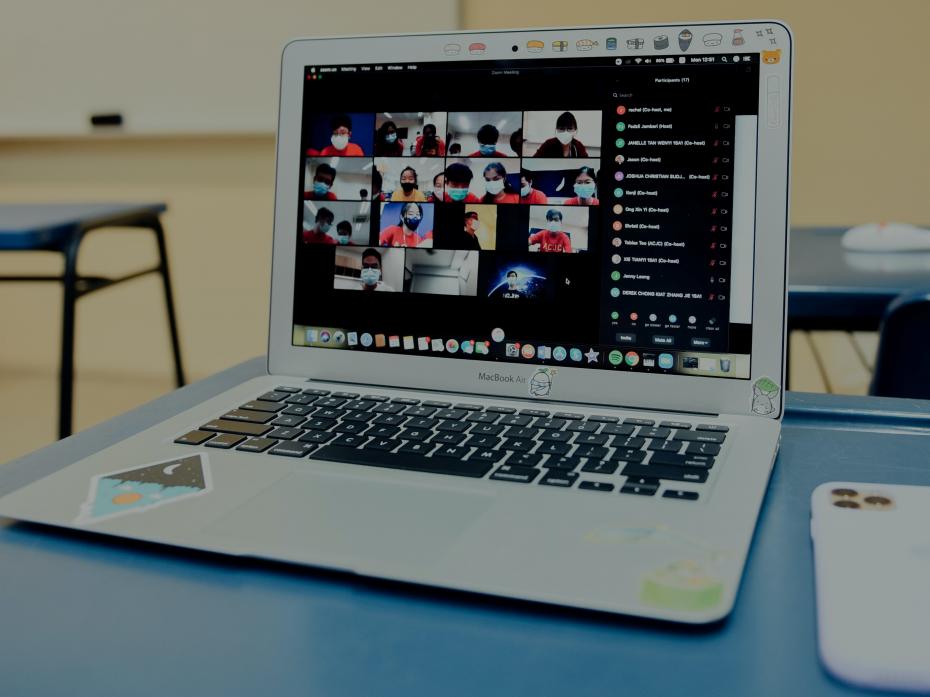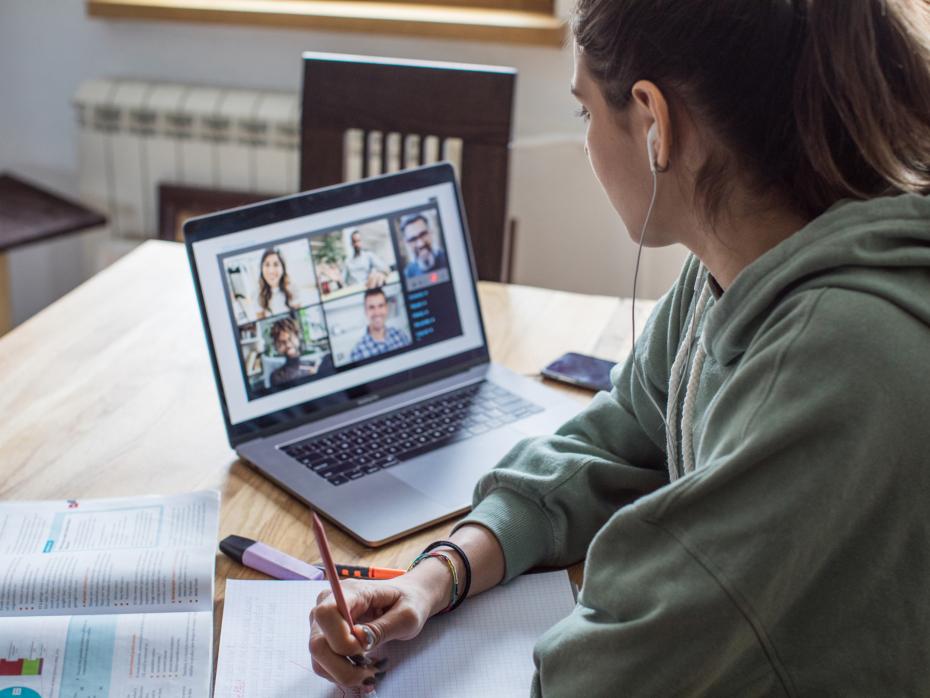An internationalised learning environment, whether online or face to face, provides a forum to engage with a diversity of people and ideas. However, the focus on transitioning to digital teaching may have pushed back discourse around internationalising teaching.
Digital teaching channels are necessary to reach students both at home and abroad. Internationalisation is, therefore, inextricably intertwined with online learning.
Yet, there remains a scarcity of discussion around the intersection of internationalisation, digital learning and the student experience.
Drawing on my research on internationalisation, I have worked to design and deliver what my mostly international postgraduate students have described as an excellent and inclusive learning experience.
Here are three approaches that I have used to promote internationalisation and encourage active online student participation in my courses. These are:
- mindfulness of the curriculum
- fostering active learning in the digital classroom
- responsiveness to student feedback.
Mindfulness of the curriculum
In general, tutors can decide on the teaching and learning materials. However, there may be constraints in terms of accessibility of pedagogical materials. Being mindful that the majority of the research and discourses around internationalisation are Western-focused, I purposefully included a diversity of authors in course readings.
Students were introduced to readings that were authored by researchers from around the globe. It provided an opportunity to discuss context related to different regions. Promoting and embedding internationalised core texts in the curriculum produced valued learning moments for students.
The move to digital enables real-time access to additional materials that can be shared during synchronous workshops. This allows teachers to be responsive to students’ enquiries in a shared collaborative space.
Fostering active learning in the digital classroom
Internationalisation presents a learning opportunity to work purposefully with students to deconstruct and construct shared and new knowledge.
Fostering active student engagement in class allows (re)interpretation of artefacts framed by previous knowledge and experience.
As has been mentioned, a major benefit of digital learning channels is the flexibility that they allow for the introduction of additional texts during class discussion. This means that an online resource can be shared to further enhance student learning and class engagement.
Student engagement does not happen by chance. Here are the strategies I use to make the most of digital tools in teaching students in different regions:
1. Students have online access to pre-lecture or workshop readings at the start of the course. This allows students to familiarise themselves with the overall course content.
2. A combination of asynchronous lectures and synchronous workshops works best for my teaching. Each week, I upload the asynchronous lecture before the specified time, which is announced at the beginning of the course. This provides a sense of consistency and structure for teaching delivery.
3. During each lecture, I introduce questions about the topic to be discussed during the workshops that take place later in the week.
4. At the first class, I ask students to form groups, with up to four members, to work with in weekly workshops. The students are encouraged to meet in their groups before each workshop to discuss the questions posed during the lectures.
5. During the workshop, each group of students is asked to select one question and to discuss their perspectives critically. This sometimes entails a critical discussion about a quote from a pre-lecture reading text.
6. To promote student engagement, all members in each group work together to put forward their arguments. Input is invited from other class members who may have additional points. As a result, all students in the workshop contribute to discussions during the weekly workshops.
7. To foster inclusiveness in the classroom, each group member is asked to share their perspective. Constant reaffirmation that all views are valued encourages student participation in class discussion, even if they sometimes express their uncertainty about their opinion.
Verbal and written feedback from students, consistent student attendance throughout the course, and two recent teaching award nominations by students are all evidence of the success of an interactive and inclusive approach to teaching.
Responsiveness to student feedback
A mid-course survey is a valuable online tool to assess the effectiveness of your teaching practice.
In the first instance, I shared the outcome of the mid-course survey with students. I explained how I would take forward feasible actions based on student feedback. This had a positive impact on the student experience and ultimately improved learning outcomes.
Internationalisation to boost education
Internationalisation, in terms of accessibility to a diversity of people and resources is a vital tool, with transformative potential using digital teaching channels. This testifies to the value of internationalisation for enhancing the student experience for all.
Omolabake Fakunle is chancellor’s fellow at the University of Edinburgh.




comment